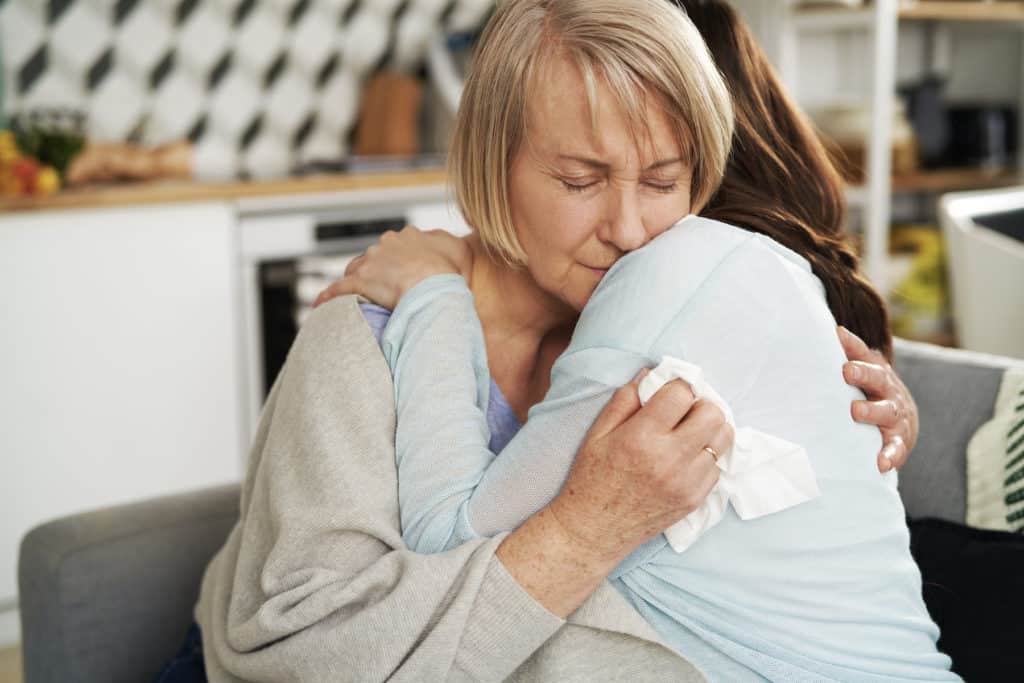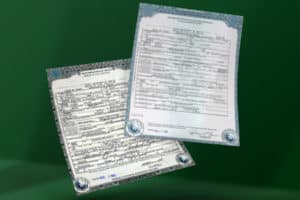Do you want to know how to respond to condolences? When you lose a loved one it’s natural for people to want to reach out and express their sympathy. Hearing people’s condolences can be welcome yet difficult at the same time. With so much going on and trying to process the loss, it’s sometimes hard to know how to respond. Losing a loved one is also a traumatic experience for many people, so discussing it in any way can feel overwhelming.
Adding to the issue is the fact that these days condolences aren’t just made in person. Sharing condolences can be done in a variety of ways, which can catch you off-guard. It helps to have an idea of how to respond to condolences of all kinds so you can handle them a little easier no matter how they’re made.
Is it rude not to respond to a condolence message?
No. It is perfectly fine to receive care and not respond.
How To Responding to Condolences That Are In-Person

Often condolences that are expressed in person are the most personal. If you plan to have a viewing or memorial service just about everyone in attendance will likely give their condolences. Friends and family will also stop by your home to see how you are doing, bring food and let you know they’re sorry for your loss.
In-person condolences can be the most difficult to respond to because you don’t have time to reflect and formulate a response. If you don’t quite know what to say, simply responding with “thank you” is fine. That is ultimately if you’re wanting to know how to respond to condolences, saying “thank you” is the best way.
A few other ways you can respond are by saying:
“Thank you, that means a lot.”
“Thank you so much, and thank you for coming.” (Can be used at funeral, viewing or memorial.)
“Thank you for being here today.” (Again, ideal for events connected to a death.)
“Thank you for your support at this time.”
“It’s been difficult but the support is very appreciated.”
“Thank you, I know that would mean a lot to my mom/dad/husband/wife/etc.”
If you know the person well enough and are up for conversation, it can help to add something personal after one of the responses above, such as bringing up a special memory or asking how they are doing.
How to Respond to Condolences That Are Made Over the Phone

People who are close but can’t be there in person for a memorial service often reach out by calling to offer condolences. In this situation, you may be a little more prepared for the conversation. One thing about phone calls is, conversation likely won’t end right after the caller expresses their condolences. It’s natural for the conversation to go on past that point.
If you can handle a discussion it can help to bring up a connection that the caller shared with your loved one. A fond memory that the other person can relate to is another way to keep the conversation going for a few minutes before politely ending it.
If you need to know how to respond to condolences over the phone, keep in mind that you can simply say that you can’t talk right now.
How To Responding to Condolences With Letters and Cards
Another personal yet indirect way to give condolences is with a card or letter. If someone took the time to send a handwritten card or letter, then the best response is to send a handwritten card or letter in return. Thank the person for their kind words in a sincere way. If the person helped you out somehow after the loss it’s also a good time to add your appreciation for helping you get through the difficult time.
A good handwritten response can look something like:
Dear ______,
My family and I sincerely appreciate your kind words. We’re so grateful to have such a strong support system during this time. It’s never easy in these circumstances and your condolences have helped us tremendously.
Thank you,
___________________
Knowing how to respond to condolences with written words is a difficult thing. Take your time, reply when you’re ready.
How To Respond to Condolences Via Text Message

Friends might feel more comfortable offering condolences by sending a text message, which is essentially a brief, virtual form of a note. Texts with condolences may start pouring in immediately, but acquaintances that you haven’t seen in a while might send a text weeks or months after the death once they hear about it. How you respond to condolences via SMS partly depends on the timing.
Some good options are:
“Thank you. Hopefully, you can attend the service. It will be at . . . “
“Thanks, it’s been a rough couple of weeks/months, but the support has really helped.”
“Thank you for reaching out. Things have been a little chaotic with so much going on.”
“Thanks so much for your condolences and offer to help. I’ll be sure to let you know if I need anything.”
How To Respond to Condolences in an Email

If you’re employed, co-workers, supervisors and employers may reach out over email to see how you are doing and offer their condolences. This might also be the case for acquaintances that don’t want to post their condolences publically on social media as well as professional contacts.
Your email response doesn’t have to be lengthy. A short message acknowledging their email and thanking the person is all that’s really necessary. However, if you’re sending an email you can also add attachments like a picture or information about the memorial services.
If you’re responding to an email from a friend or family member you can send a message that’s similar to a handwritten note. The example below would be appropriate for employers and colleagues:
Good morning/afternoon,
Thank you so much for your support, it’s been a huge help for me and my family. I know my absence has made things more challenging for the team, but I’m forever appreciative that I’ve had the time to focus on being here for my loved ones. Your continued support is much appreciated.
Sincerely,
______________________
Knowing how to respond to condolences in email is similar to writing a letter. You do not need to respond right away. You might want to create a folder to move those message out of your inbox until you’re ready.
How To Respond to Social Media Condolences
Today it’s not uncommon for people to announce a loved one’s death on social media. If you choose to do so you’ll likely get an outpouring of condolences from people you know and others that may have been acquaintances of your loved one.
How do you respond to condolences on social media?
A simple “Like” is more than enough. You do not need to respond to every message.
Unlike other kinds of condolences, it’s perfectly acceptable to bypass responding to each message you receive on an announcement post. Instead, you can post a second message thanking everyone who has reached out. Here are a few ideas for creating a response to condolences you receive on social media:
“It’s been amazing to see how much support our family has received. Thanks so much to everyone who has reached out during this difficult time. Your kind words, prayers and thoughts have helped to ease the pain of our loss.”
Even though condolences are given with the best intentions, responding isn’t always easy. Rest assured that people understand you’re going through an emotionally difficult time and there are a lot of steps to take after a loved one dies. So even if you don’t make the most eloquent response no one will fault you for it. Knowing how to respond to condolences is something that will not only help you but also any of your close friends or family members.






